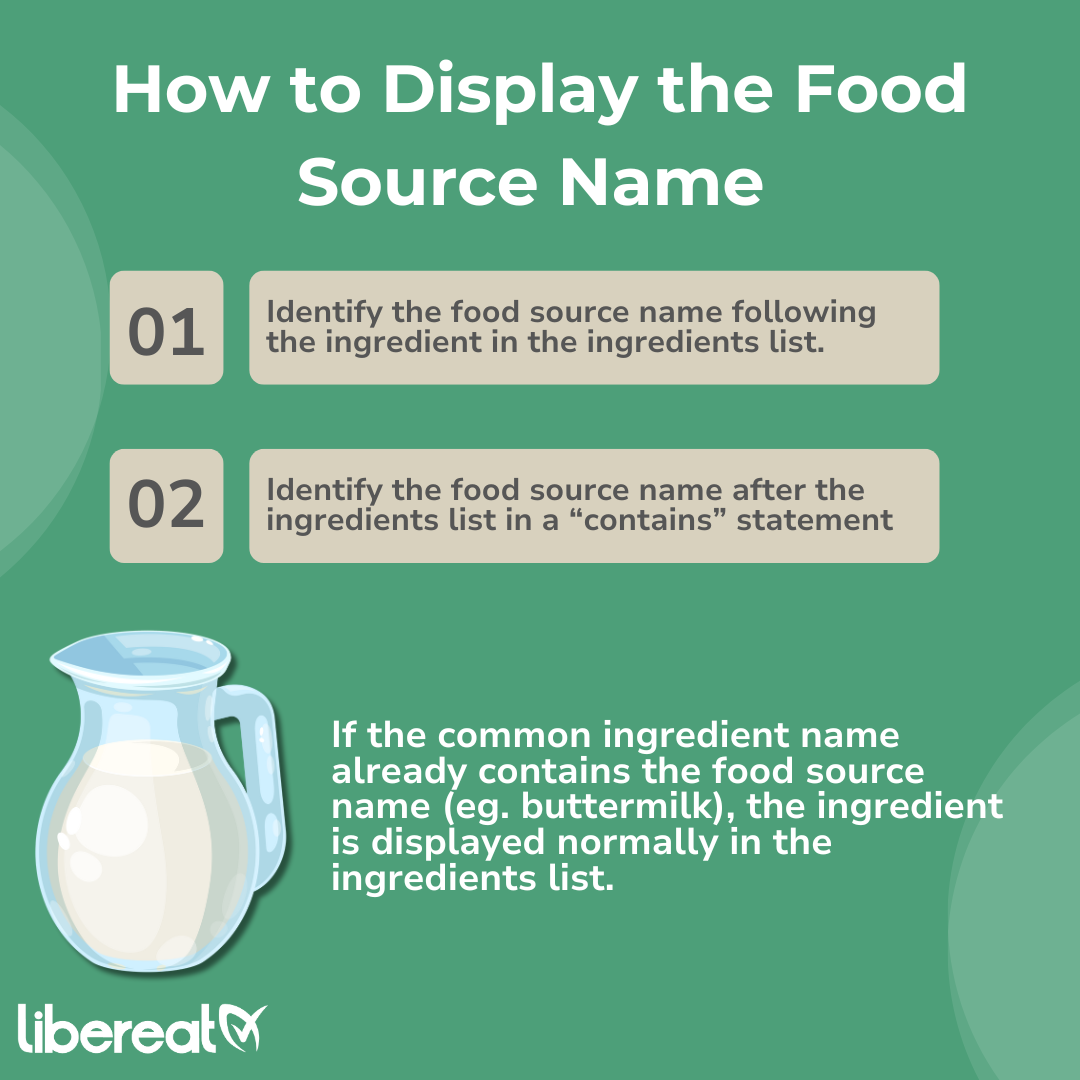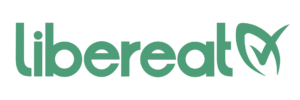Wheat is a staple ingredient in many foods worldwide and a common source of food allergies. According to Food Allergy Research & Education, up to 1% of children have a wheat allergy. While many children will outgrow this, the high number of children with the allergy is of great concern.
Considering the consequences of incorrect allergen labels, food businesses have a moral and legal obligation to provide clear allergen information for consumers. In this article, we’ll discuss the critical food safety legislation to be aware of and list essential resources to help businesses improve their allergen labeling processes.
What is a Wheat Allergy?

A wheat allergy occurs due to proteins found in wheat that are mistakenly identified as a harmful foreign substance (known as an antigen) by the body’s immune system. To counter the antigens, the immune system releases a protein known as Immunoglobulin E (IgE), which protects the immune system. As part of this process, IgE triggers cells in the body to release a chemical called histamine, which has the side effect of causing typical allergic reaction symptoms.
The American College of Allergy, Asthma, and Immunology (ACAAI) lists the following as typical wheat allergy symptoms:
- Hives and itchy skin
- Stomach pain, Nausea, vomiting, or diarrhea
- Blocked or runny nose
- Headaches
The most serious symptom of a severe allergic reaction is anaphylaxis, which can be potentially fatal. When anaphylaxis occurs, a flood of chemicals released by the immune system can cause the body to go into shock. Swelling of the tongue and throat can also result in breathing difficulties. Typical Anaphylaxis symptoms include:
- Low blood pressure
- Weak and rapid pulse
- Wheezing or trouble breathing
- Dizziness or fainting
- Skin issues such as hives, itching, and pale skin
If you witness someone going into anaphylactic shock, it’s essential to carry out the following steps:
- Call 911 or your local emergency number.
- Ask if the person has an epinephrine autoinjector. If they do, ask if they need help administering it. This is usually done by injecting it into the thigh.
- Ensure they are lying face up with minimal movement. They will have to lie on their side if bleeding from the mouth or vomiting to prevent choking.
- Cover the person with a blanket and loosen tight clothing
- Apply CPR until paramedics arrive if there are no signs of breathing, coughing, or movement.
- If there are no signs of breathing, coughing, or movement, apply CPR until paramedics arrive, aiming for 100 chest compressions per minute.
Anyone who experiences food allergies runs the risk of anaphylactic shock, as it is impossible to predict the severity of an allergic reaction. With consumers’ lives at risk, anaphylaxis underscores exactly why food businesses need to be vigilant in ensuring they have robust allergen management procedures.
Wheat Allergies and Coeliac Disease: What’s the Difference?
It’s common for people who experience Coeliac disease to think they have a wheat allergy. While the conditions share some similarities, there are also key differences that separate them.
Coeliac disease is considered an autoimmune disorder caused by gliadin, a protein found in gluten. Consuming the protein causes the immune system to release antibodies that damage the tissue of the small intestine, impairing its ability to absorb nutrients from food.
While coeliac disease may cause symptoms similar to a wheat allergy, such as diarrhea, itchy skin, and stomach aches, it may also cause fatigue stemming from malnutrition, unintentional weight loss, and nerve damage, as well as issues with coordination, balance, and speech.
For those who have coeliac disease, gluten-free options are essential to avoid any of the potential symptoms. However, gluten-free alternatives may still contain proteins that trigger an allergic reaction in people with wheat allergies.
It’s important to note that wheat allergies are distinct from gluten sensitivities, such as non-celiac gluten sensitivity. While gluten-free products are suitable for individuals with celiac disease, they may not be safe for those with wheat allergies if other wheat-derived proteins are present.
Food Labeling Requirements for Wheat
Understanding relevant food laws is an essential aspect of food safety compliance. For retail and food service establishments in the U.S., the 2004 Food Allergen Labeling and Consumer Protection Act (FALCPA) identified eight foods as major allergens, which are responsible for the majority of food allergies in the country. The Food Allergy Safety Treatment Education and Research Act (FASTER Act), introduced on January 1, 2023, added sesame as the ninth major allergen, collectively known as the “big eight” allergens.
Under FALCPA, food businesses must include allergen statements that identify wheat if present, either by listing it in the ingredients or through a ‘contains’ statement. These statements are crucial in helping consumers with wheat allergies easily identify safe foods.
The nine major U.S. allergens are:
- Crustacean shellfish
- Wheat
- Soybean
- Fish, referring to finned fish
- Milk, referring to domesticated cows’ milk
- Tree nuts
- Eggs, specifically eggs from domesticated chickens.
- Peanut
- Sesame
Under FALCPA and FASTER, food business operators must identify the major allergens in food labeling for packaged food, beverages, and dietary supplements. The food source name of the major allergen present in the product must also be clearly stated. In some cases, this is already done if the ingredient name contains the name of the source food, such as buttermilk, which contains milk in its name.
Displaying the source name can be done by either presenting it after the ingredient in the ingredients list or by placing it after the ingredients list using a “contains” statement.

The Food & Drug Administration regulates mandatory allergen labeling. However, the Food Safety and Inspection Service (FSIS) has jurisdiction over certain meat, egg, and poultry products, which are therefore exempt from FALCPA labeling requirements. We recommend visiting the FSIS FAQ page to learn more about these labeling exceptions in detail.
While not legally enforceable, some businesses across the U.S. also implement a voluntary labeling practice known as allergen advisory statements, more commonly referred to as precautionary allergen labeling (PAL).
This is used when there may be allergens unintentionally present in a product due to cross-contact, and is typically included on product packaging with a statement such as ‘may contain [allergen]’, or ‘may contain traces of [allergen]’.
What Is a Food Recall?
Businesses that fail to display their allergen food labels correctly will be subjected to food recalls, which can have devastating consequences. The FDA has the authority to request that businesses conduct a voluntary recall for products that pose a health risk, are defective, or are grossly deceptive, following guidance issued under federal code 21 CFR 7.
The FDA issues recalls for products that pose a health risk, are defective, or are mislabeled or grossly deceptive. The agency can also issue a mandatory food recall under Section 423 of the Food, Drug, and Cosmetic Act, added by Section 206 of the Food Safety Modernization Act on January 4, 2011. This is incredibly rare, however, with most businesses voluntarily undergoing the recall process once they are notified.
Unfortunately, food recalls can result in a myriad of issues for the affected business. When a food recall occurs, the operation must inform relevant parties such as consumers, regulatory bodies, and businesses across the supply chain, diverting staff away from other important tasks. Similarly, there will be an increased focus on PR activities to minimize reputational damage and communicate with affected consumers.
To learn more about food industry recalls, visit our dedicated food recall page, which discusses common causes of contamination and how LiberEat’s food safety technology ensures that all allergen data is correctly declared.
FDA and FSIS Jurisdictions
While the FDA regulates most packaged foods under FALCPA, the FSIS oversees labeling for meat, poultry, and some egg products. Both agencies encourage clear allergen labeling, although FALCPA requirements do not apply legally to FSIS-regulated products. Nevertheless, these products often voluntarily include allergen statements to ensure consumer safety.
21 CFR 7 and Recall Procedures
Under 21 CFR 7, the FDA outlines guidelines for voluntary recalls of mislabeled or unsafe food products. Non-compliance with allergen labeling can result in recalls necessary to protect public health. Using allergen detection technology can help businesses proactively prevent such incidents, ensuring that wheat and other allergens are clearly and accurately labeled.
LiberEat Allergen Detection Software
Technology, such as LiberEat’s platform, aids in the real-time detection of allergen data errors, enabling better compliance with and risk reduction related to wheat and other allergens.
LiberEat’s food safety software helps prevent errors in allergen data on supplier specifications, website and app data, food packaging, and menus. This can help protect your customers from the major allergens—find out more about these with our allergen information hub.
Correctly managing and reviewing your allergen data is essential for keeping you and your customers safe.
Food Packaging and Ingredient Transparency
Clear food packaging and accurate ingredient lists are essential for allergen transparency. Proper packaging ensures that wheat and other allergens are identified, supporting informed consumer choices and enhancing food safety compliance.
Errors in allergen data can lead to potentially devastating allergic reactions and costly product recalls. Give yourself peace of mind, and contact us to learn more about how LiberEat can help protect your business.
LiberEat’s Role in Reducing Recall Risk
LiberEat’s technology reduces the likelihood of costly food recalls by detecting allergen errors in data before products reach consumers. This proactive approach helps food businesses comply with food safety regulations, avoiding the operational and reputational impacts of recalls.

